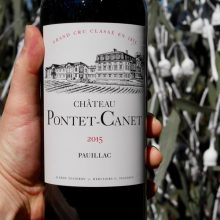
Product information
Château Pontet-Canet 2015
$315
Description
One of the greats from Pauillac. Pontet Canet, like Pichon-Lalande, sits comfortably in the Super Second ‘classification’. Classic Paulliac, dark, powerful, with lovely fine tannins.
65% Cabernet Sauvignon, 30% Merlot, 3% Cabernet Franc and 2% Petit Verdot aged 50% new oak, 4% in terra cotta and 15% in neutral oak.
Out of stock

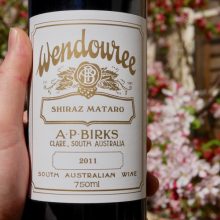
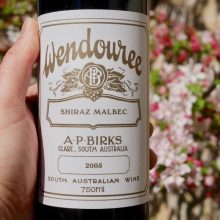
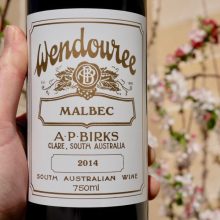
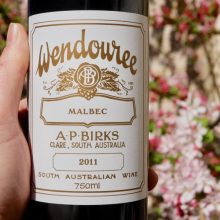
You must be logged in to post a comment.